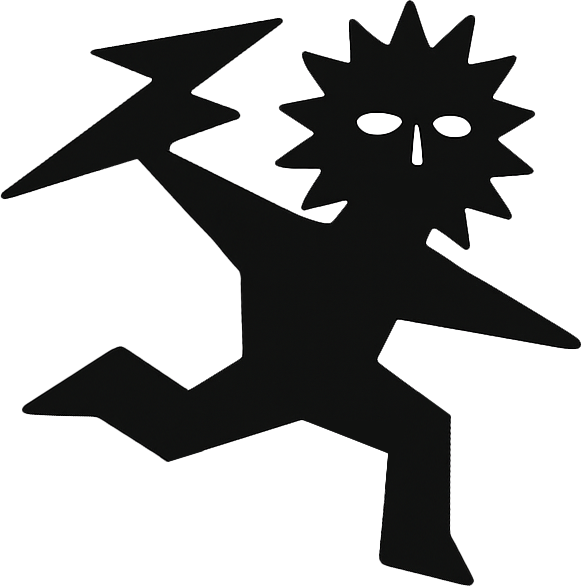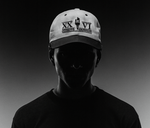
The Return of Trance
Share
For the better part of a decade, trance was a dirty word in the underground. Associated with overblown buildups, commercial EDM festivals, and neon-glazed nostalgia, the genre got pushed out of warehouses and relegated to meme status. But as of 2025, trance is quietly — and confidently — making its way back into the heart of the club scene.
Not the commercial version, though. This is something new.
Driven by younger producers and DJs who grew up online and dig fearlessly across genres, trance is being reimagined: faster, groovier, and rawer. It’s being stripped of its clichés and rebuilt from the ground up — woven into techno, hard house, and even breakbeat sets with a different kind of intent. This is the return of trance — and it’s hitting clubs in a way that feels more honest, more fun, and surprisingly fresh.
Why Now?
Over the last few years, the dominant sound of the underground has often been cold, industrial, and stripped-back. That minimalism had its moment — but scenes evolve, and energy never disappears; it just shifts.
As clubs opened up again post-pandemic, ravers began looking for something more dynamic. Something emotional, but still hard-hitting. Something fast, but not formulaic. Trance, in its updated form, offers that: euphoria without the fluff.
It’s no coincidence that we’re hearing more synth-driven breakdowns and trancey stabs in sets at peak-time slots. There’s a craving for melody again — not in a retro or ironic way, but in a way that brings genuine tension and release back to the floor.
Who's Driving the Movement?
This isn’t about Tiësto or Armin van Buuren making a comeback. It’s about younger, club-focused artists building something new from trance’s DNA.
-
Marlon Hoffstadt, aka DJ Daddy Trance, has become a low-key cult figure thanks to his Midnight Themes label and Club Heart Broken parties — mixing groove, energy, and emotion with unapologetic flair.
-
Pegassi, known for high-speed sets and productions that draw on trance, techno, and early rave energy, is part of a wave of artists making dancefloors emotional again without sacrificing impact.
-
Alva, DINA, and Maruwa are further pushing the boundaries — using trance elements in chaotic, unpredictable ways that reflect the anything-goes attitude of today’s hybrid scene.
These artists aren’t reviving trance. They’re mutating it — and that’s exactly why it works.
The Sound of Emotional Catharsis
The return of trance isn’t really about genre. It’s about emotional catharsis — a quality that’s been missing from many dancefloors in recent years. Whether it’s through euphoric pads, massive breakdowns, or uplifting melodies over driving drums, the point is to feel something again.
And it’s not limited to one scene. In Paris, Berlin, Amsterdam, and across smaller scenes in Europe, we’re seeing more parties that embrace this kind of openness — where genres blur and emotional impact wins over rigid purism.
What used to be seen as cheesy is now fearless. DJs are no longer afraid to drop a soaring trance lead in the middle of a warehouse set. And ravers? They’re eating it up.
So What Happens Next?
Trance isn’t taking over. It’s blending in — becoming a texture, a flavor, a shift in energy. It’s not about nostalgia or irony. It’s about offering something that cuts through the noise.
In a club landscape that often takes itself too seriously, this wave of euphoric sound feels refreshing. It’s confident. It doesn’t ask for permission. And it doesn’t care if you call it trance, techno, or something in between.
The only thing it wants is to move people.
💿 Want more of this energy?
At OBSCUUR, we’ve always embraced the high-intensity, emotional side of club music — and trance has been quietly woven into many of our recent releases and premieres. If you’re into euphoric breakdowns, fast-paced grooves, and rave music that actually makes you feel something, check out our curated playlists and latest drops.



